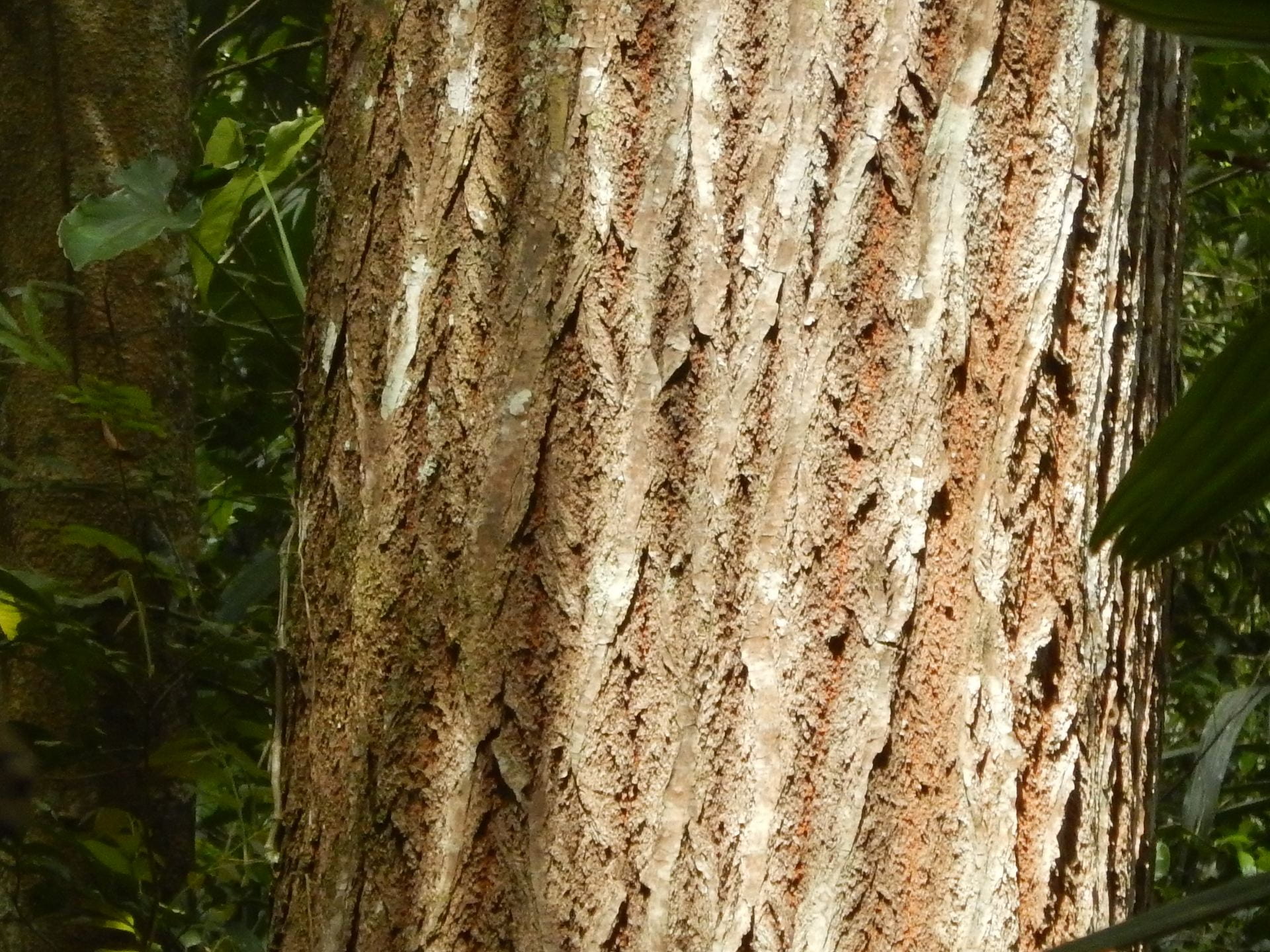Scott said that after a few days of hiking in the rainforest, we would start to feel more energetic and less exhausted. This despite our full days. I think a few of us are starting to feel this. Today started with more bird watching, for everyone else. I slept through bird watching and went to breakfast at 7 instead. Right after breakfast and until lunch we set up an experiment to determine nitrogen limitation on the forest floor versus in the canopy by using human urine. Where did we get human urine? Guess.
We set up vials of urine and water along a straight trail every 200m. We also saw a cave full of what might have been Leaf-Nosed Bats, another Cedar tree (Cedrela odorata), and a Bay Cedar (Guazuma ulmifolia). Liz still has yet to catch a Blue Morpho butterfly, but we can identify them well from a distance. They are an iconic rainforest animal.

In the afternoon we went to a cave and held the day’s lectures in it. The cave was home to an ancient Maya religious site, and walls and platforms built by the Maya for ceremonies are still standing today. On some platforms Mayan pottery remains. We also saw either swallows or some other bird nesting in the entrance. There were cave crickets and a millipede, and many interesting formations, in the cave.
In the evening we went on a short night hike (not too far from the station clearing) looking for night creatures. Much of the fauna of the rainforest is more active at night than during the day. We saw a Central American Tree Snake, lots of colorful beetles, moths, a scorpion, a tailless whip scorpion (not actually a scorpion, though an arachnid), leaf cutter ants, an orb weaver and some crickets. We also saw a Wolf Spider with its abdomen absolutely coated with little baby spiders. This stage does not last long, so we were lucky to see it. What we saw at first was a yellow shine where the eyes of the spider were and what looked like a huge abdomen with green glitter. Those were the eyes of all the baby spiders.




